Cleaning and preparing dried seaweed noodles, commonly known as kelp noodles or dried seaweed threads, can be a delightful culinary endeavor that opens doors to a world of flavorful and nutritious dishes. These noodles, derived from the undersea plant known as kelp, are rich in iodine, vitamins, and minerals, making them a popular choice among health-conscious individuals. However, their preparation requires a bit of care to ensure they retain their natural goodness and texture. This guide will walk you through the step-by-step process of how to clean and prepare dried seaweed noodles, transforming them into a versatile ingredient ready for your culinary creations.
Understanding Dried Seaweed Noodles
Before diving into the cleaning process, it’s essential to understand what dried seaweed noodles are. These noodles are made from the stalks of kelp, a type of brown algae found in oceans worldwide. Kelp is harvested, processed, and dried into thin, string-like noodles that can be stored for long periods without losing their nutritional value. When prepared correctly, these noodles have a mild, slightly salty flavor and a chewy texture that pairs well with various sauces, herbs, and spices.
Importance of Proper Cleaning
Cleaning dried seaweed noodles is crucial for several reasons. Firstly, it removes any dirt, sand, or debris that may have accumulated during the harvesting and drying processes. Secondly, it helps to soften the noodles, making them more pliable and easier to cook. Lastly, proper cleaning ensures that your final dish is free from unwanted particles, enhancing both its appearance and taste.
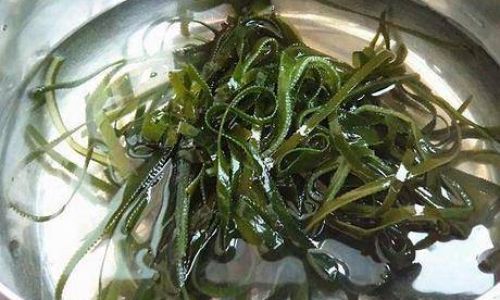
Equipment and Ingredients Needed
Before starting, gather the following equipment and ingredients:
- Dried seaweed noodles
- A large bowl
- Cold water
- A strainer or colander
- A clean kitchen towel or paper towels
- A cutting board (optional)
- A sharp knife (optional)
- A mixing bowl (for soaking, if needed)
- A rubber spatula or wooden spoon (for mixing, if needed)
Step-by-Step Guide to Cleaning and Preparing Dried Seaweed Noodles
-
Inspection and Sorting
Begin by inspecting the dried seaweed noodles carefully. Look for any large pieces of debris, broken noodles, or foreign objects that might have been inadvertently included. Discard any damaged or contaminated noodles. Sorting through the noodles at this stage will make the subsequent cleaning process more efficient.
-
Initial Rinse
Place the dried seaweed noodles in a large bowl. Fill the bowl with cold water, ensuring that the noodles are fully submerged. Allow them to sit for about 5-10 minutes. This initial soak helps to loosen any dirt and debris stuck to the noodles.
-
Gentle Scrubbing
After soaking, use your hands to gently scrub the noodles together. Be careful not to be too rough, as this could break the noodles into smaller pieces. The goal is to dislodge any remaining dirt or debris without damaging the noodles’ structure.
-
Rinsing and Draining
Once you’ve finished scrubbing, drain the water from the bowl through a strainer or colander. Rinse the noodles under cold running water to wash away any remaining dirt. Continue rinsing until the water runs clear, indicating that the noodles are clean.
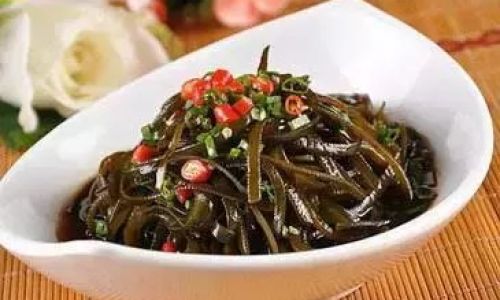
-
Soaking (Optional)
Depending on the recipe you plan to use, you may need to soak the noodles further to soften them. If so, place the rinsed noodles in a clean mixing bowl and cover them with cold water. Allow them to soak for about 20-30 minutes, or until they reach your desired texture. Check the noodles periodically to avoid over-soaking, which can make them mushy.
-
Draining and Drying
Once the noodles have soaked to your liking, drain them well using a strainer or colander. To remove excess water, gently pat the noodles dry with a clean kitchen towel or paper towels. Avoid squeezing or wringing them out, as this can also damage their texture.
-
Trimming and Cutting (Optional)
If your recipe requires the noodles to be a specific length or size, now is the time to trim or cut them. Place the noodles on a cutting board and use a sharp knife to slice them into the desired lengths. Be mindful of your knife skills, as kelp noodles can be slippery.
-
Storage (If Not Using Immediately)
If you’re not ready to use the noodles immediately, you can store them in an airtight container in the refrigerator for up to a week. Make sure they are completely dry before storing to prevent mold or bacteria growth.
Tips for Successful Preparation
-
Water Temperature: Always use cold water when cleaning and soaking dried seaweed noodles. Hot water can cause them to become overly soft and lose their chewy texture.
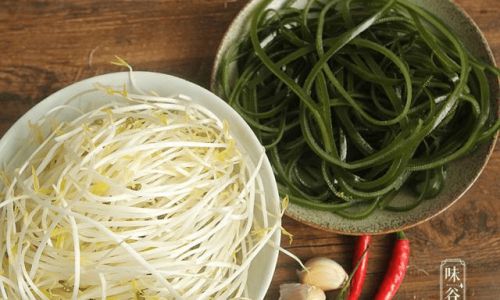
-
Patience: Cleaning and preparing dried seaweed noodles takes time. Rushing through the process can result in noodles that are not properly cleaned or softened.
-
Avoid Over-Soaking: Soaking the noodles for too long can make them mushy and unappealing. Follow the recipe’s instructions or use your best judgment to achieve the perfect texture.
-
Flavor Enhancement: While cleaning and preparing, consider adding a pinch of salt or a splash of vinegar to the soaking water. This can help to enhance the noodles’ flavor and remove any lingering oceanic taste.
Culinary Applications
Once your dried seaweed noodles are clean and ready, the possibilities for culinary creativity are endless. You can incorporate them into salads, stir-fries, soups, and even desserts. Their mild flavor and chewy texture make them a versatile ingredient that can complement a wide range of flavors and cuisines.
For instance, try making a Korean-inspired bibimbap with seaweed noodles, mixed vegetables, and a gochujang-based sauce. Or, create a refreshing summer salad by tossing seaweed noodles with cucumber, avocado, and a light citrus dressing. For a hearty soup, simmer them in a miso-based broth with tofu, mushrooms, and greens.
Conclusion
Cleaning and preparing dried seaweed noodles may seem like a simple task, but it’s one that requires attention to detail and patience. By following the steps outlined in this guide, you’ll be able to transform these nutritious and versatile ingredients into delicious dishes that will delight your taste buds and nourish your body. Whether you’re a seasoned chef or a culinary novice, the world of dried seaweed noodles is waiting for you to explore and enjoy. Happy cooking!
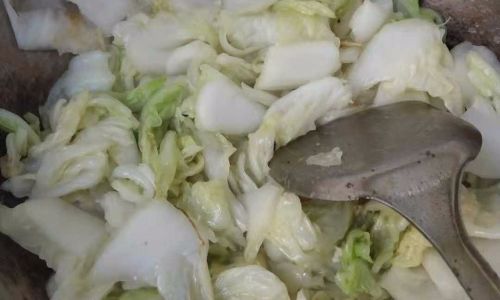
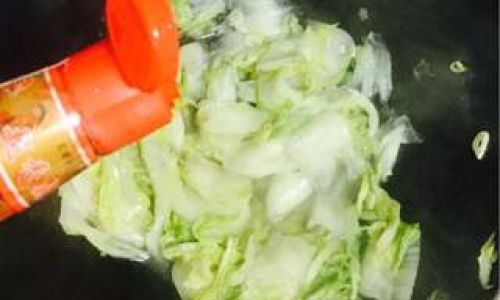
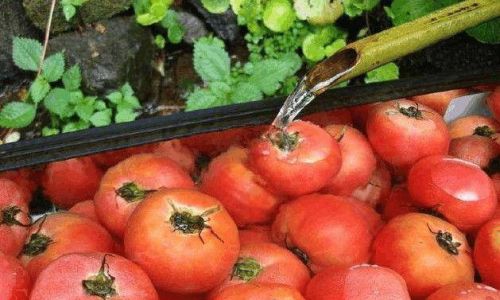
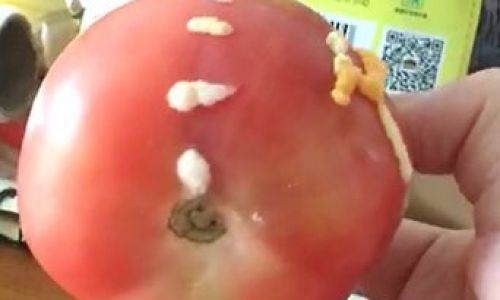

0 comments